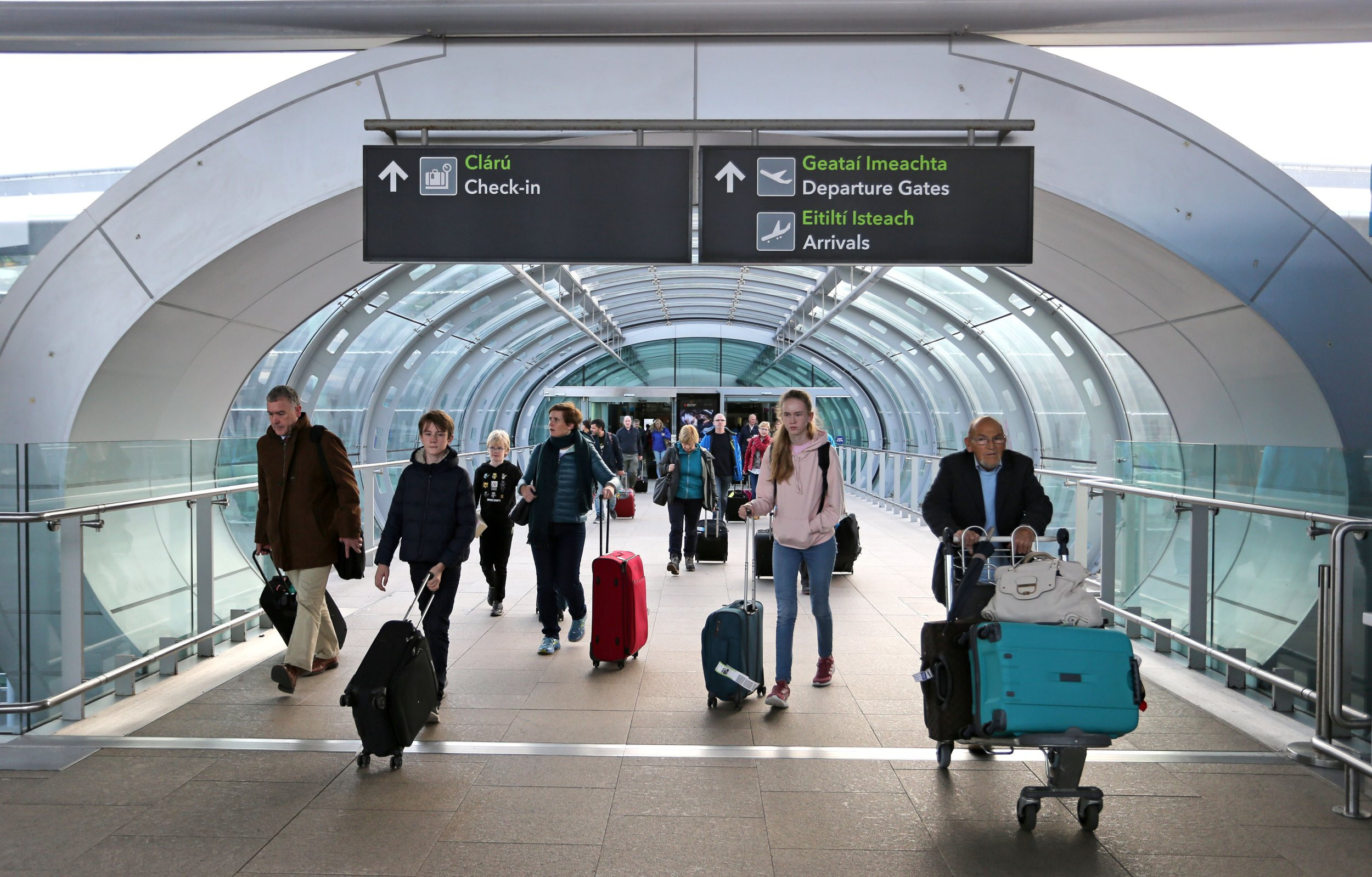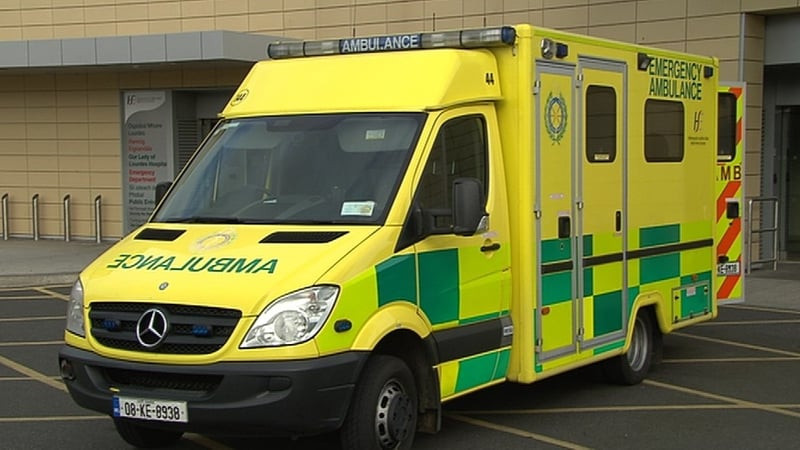Dublin Airport has issued a warning to travelers about significant security changes that are coming into effect today. From today (Sunday, September 1) onwards, passengers traveling through Dublin Airport will need to be aware of a major change in EU airport regulations regarding hand luggage. For those flying out of both terminals at Dublin Airport, the new rules mean that all departing passengers must be ready to remove all liquids, aerosols and gels (LAGs) from their hand luggage before screening, with all LAGs needing to be under 100mls.
The changes come in response to a temporary restriction introduced by the European Commission, and apply to all airports in the EU. It is not known for how long they will remain in place.
However, the regulations differ slightly for passengers depending on which terminal they are using at Dublin Airport. In Terminal 1, all liquids must be under 100mls, placed into a clear 1 litre bag (20cm x 20cm) and put visibly within the security tray. Each passenger is limited to a single 1 litre bag only, reports the Irish Mirror.
Large electrical items such as laptops and tablets should be removed from bags and placed in the security tray.
In Terminal 2, all liquids must be under 100mls, put into a clear bag(s), and placed visibly in the security tray. However, in Terminal 2 there is no limit on the number of bags or 100mls containers that a passenger can take through, while all electrical items can be left in hand luggage.
Yet, there are some exceptions to the latest restrictions. Baby food/milk, essential medicines, or special dietary foods that are required during the flight can still be carried in containers larger than 100ml.
However, travelers must remove these from their hand luggage and display them separately during security checks at all EU airports, including Dublin Airport.
Dublin Airport's top boss Gary McLean opened up about the updates and their impact on travellers, proclaiming: "These changes, which apply to all airports in Ireland and Europe with C3 scanners, are being introduced at a time when the roll-out of new C3 scanners is ongoing at Dublin Airport. That roll-out is at different stages in Terminal 1 and Terminal 2, which means the guidance for passengers is slightly different depending on what terminal they are departing from."
"In Terminal 2, all of the security lanes in operation are now fitted with new C3 scanners, so all passengers are assured of using a C3 scanner. However, in Terminal 1, due to the age of the building, the roll-out is taking slightly longer, so it cannot be guaranteed whether a passenger will go through a lane with C3 scanners installed or the older technology. As previously communicated, the rollout of C3 scanners across both terminals is on track for completion by October 2025."
"We want all passengers to have a smooth journey through Dublin Airport. By following our advice and preparing in advance for security screening, passengers can prevent unnecessary delays in getting through to their flight. Further details on how best to prepare for airport security can be found on the Dublin Airport website."
"Passengers' safety and security remain our top priorities and we thank passengers for their understanding as we introduce these changes and as the roll-out of the fantastic new C3 scanning technology continues at pace at Dublin Airport. We hope that these temporary restrictions are only in place for a short period and that the EU will be able to lift them as soon as possible. Passengers should keep an eye on our social media channels and website for further updates."
These changes are part of a larger effort to improve security at airports across Europe. The European Commission has stated that the new restrictions are "a precautionary measure" and that current C3 configurations "need to be revised in order to improve their performance".
"Security is non-negotiable, it is one of the top priorities of European airports. Therefore, all airports will fully comply with the new restriction," said ACI director general Olivier Jankovec.
"However, airports that have been early adopters of this new technology are being heavily penalised, both operationally and financially."
"We hope that these temporary restrictions are only in place for a short period and that the EU will be able to lift them as soon as possible," Mr McLean added.
It remains to be seen how long the new restrictions will be in place. However, passengers are advised to check with their airline or airport for the latest updates on security procedures. It is important to be prepared for the changes and allow extra time for security screening.
Dublin Airport Hand Luggage Rules: What You Need to Know
The new hand luggage rules at Dublin Airport are part of a wider effort to improve security at airports across Europe. The rules are designed to ensure that all passengers are screened effectively and that any potential threats are detected. The new rules are in place to ensure that passengers are fully complying with the new restrictions.
The changes may cause some inconvenience for travelers, but they are essential for ensuring the safety of all passengers. The EU will need to lift the restrictions as soon as possible, to ensure a smooth flow of air travel for passengers.
A Glimpse into the Future of Airport Security
The new C3 scanners are a significant investment in airport security. These scanners are designed to be more effective at detecting threats than older technology. The rollout of these scanners is a positive step towards improving security at airports across Europe. However, the temporary restrictions are a setback in the effort to modernize airport security.
While the new restrictions are in place, passengers will need to be prepared to adapt to the changes and follow the new rules. The changes are a reminder that security is a top priority at airports and that passengers should be aware of the latest regulations. The EU is committed to ensuring that all passengers are safe and secure during their travels. The roll-out of the C3 scanners is a positive step towards improving security at airports across Europe.
How to prepare for your next flight
Passengers should keep an eye on our social media channels and website for further updates. Travelers should check local airport regulations as scanning systems may vary.
Staying Updated
Passengers should keep an eye on our social media channels and website for further updates. Travellers are advised to check local airport regulations as scanning systems may vary.

















